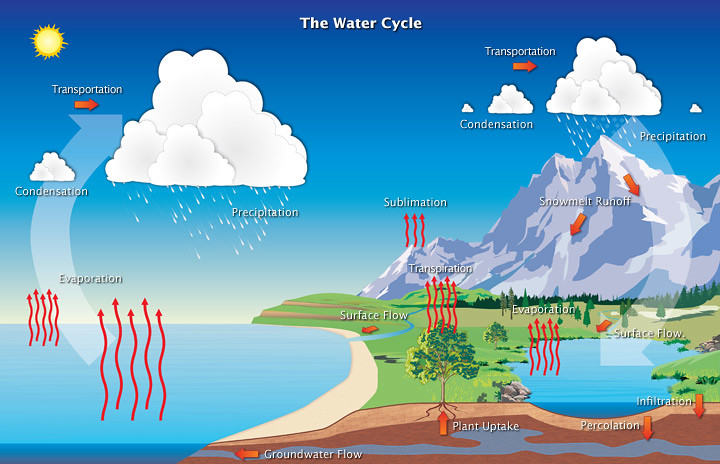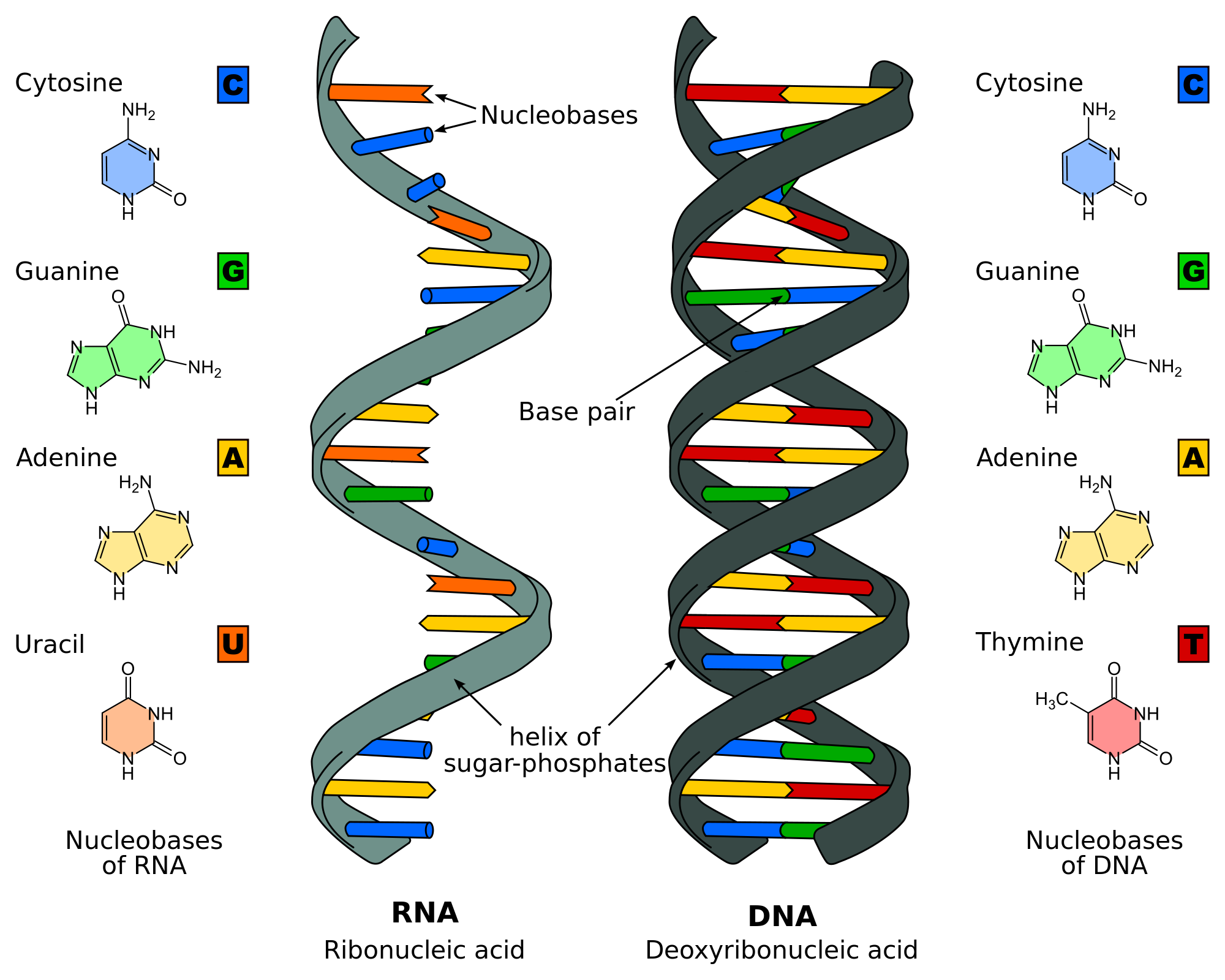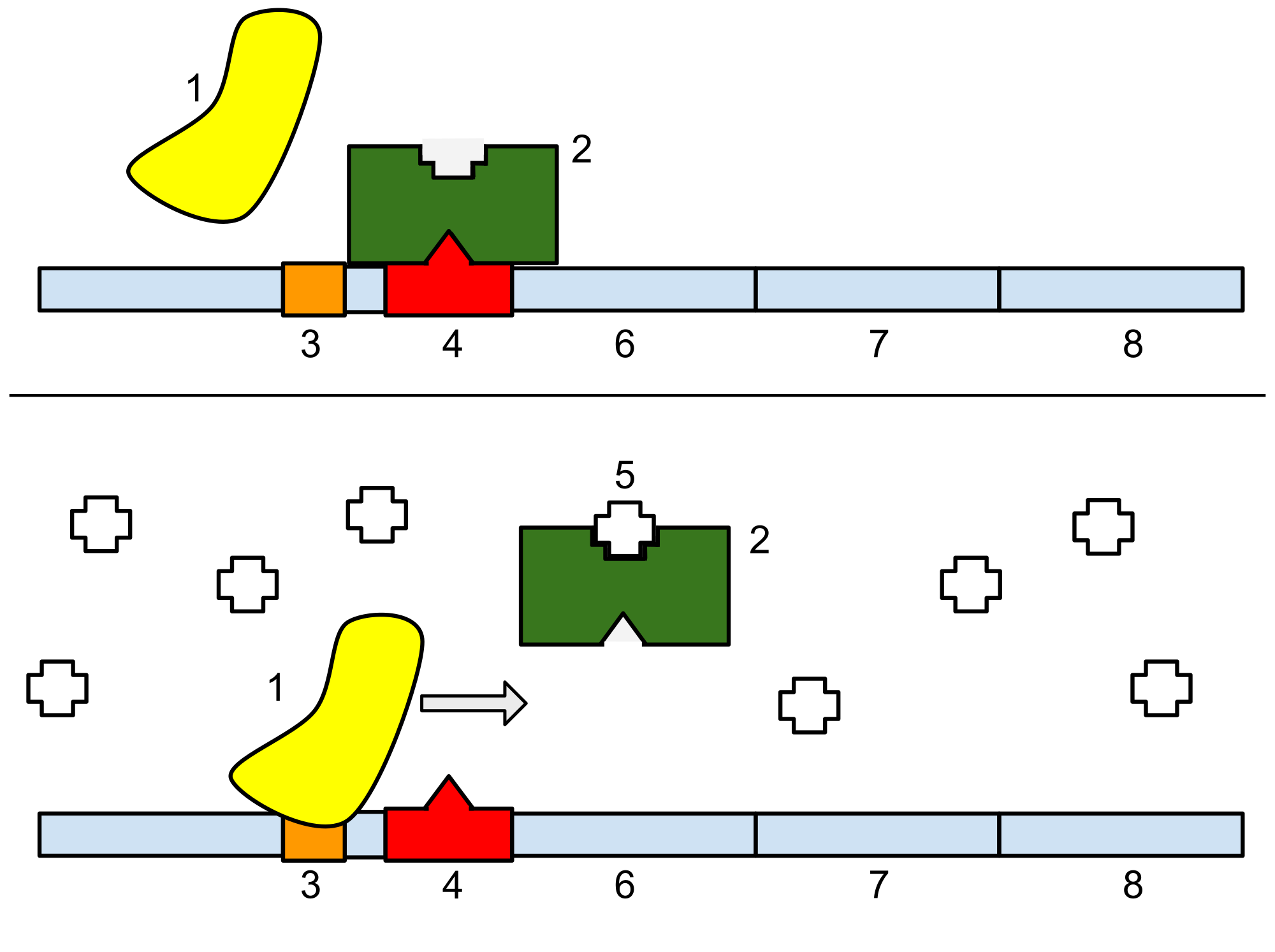Unit 7 was about different ecosystems and the threats facing them. It was also about how populations and ecosystems change over time.
There are several levels of organization in the environment. The biosphere is the entire Earth, and all the ecosystems in it. Biomes are large sections of the Earth made of ecosystems. Ecosystems are the biotic and abiotic factors that work together. Communities are collections of populations. A populations is several organisms of the same species. And an organism is a single living thing. Organisms have different habitats and niches. A habitat is where an organism lives, and a niche is what it needs to survive.
Organisms are sorted into food webs, which can be simplified into food webs. They both show how energy is transferred in an ecosystem. The levels of organization are the primary producer, which is eaten by the primary consumer, eaten by secondary consumers, eaten by tertiary consumer, and eaten by quaternary consumers. If an organism is removed, then all organisms above it on the food chain will decrease in populations. If the top consumer is removed, then it will be an alternating effect of organisms decreasing and increasing. When an organism is eaten, about 10% of the energy is transferred. Energy is measured in biomass, or the amount of dry mass in an organism. Because of this, populations are smaller at higher levels on the food chain.
Populations grow and shrink because of births, deaths, immigration, and emigration. There are two types of growth in populations, exponential growth, were a population grows above the carrying capacity, and logistic growth, where it grow until the carrying capacity. Some populations depend other populations for food, so grow and shrink with them. The human population is growing rapidly, and the carrying capacity is estimated to be around 10 to 15 billion.
After a big disturbance, ecosystems can still continue in succession. Primary succession is when there is no soil for life to start in, and secondary succession is when there is soil for life to start in. The order of succession is pioneer species, which are the first species after a disturbance, intermediate species, which come after pioneer species, and then the climax community, which is when there are many different populations.
 |
| Pioneer species in primary succession, probably after a volcano eruption. |
There are several different nutrient cycles that are necessary for life. The water cycle involves water evaporating, precipitating, and being used by organisms. The carbon cycle involves carbon being absorbed from the atmosphere by plants, and then animals breathe CO2 back into the air. The nitrogen cycle involves bacteria converting nitrogen gas into nitrates, which are used by plants. Some bacteria break down nitrogen from dead organisms. And some bacteria break down nitrates into nitrogen gas. The phosphorous cycle involves the fungus Mycorrhizae making phosphorous available to its host from the soil.
 |
| A diagram explaining the water cycle |
Many ecosystems are being threatened due to an increase in extinctions. We may be in a 6th mass extinction. Many plants contain substances that can be used in prescriptions, so if they go extinct, we won't be able to get them. Many organisms help sustain human life, like bacteria decomposing things, and plants converting CO2 to Oxygen. The causes of these extinctions are farming, development, introduced species, over exploitation, and climate change. There are things we can do to help protect the environment. We can identify and protect hot spots, or areas with high biodiversity, conserve all natural habitats we still have, plan smart to make it easier for species to move, like using movement corridors, restore areas by beginning succession, and build in a way where we take up as little natural habitat as possible.
Each group in our class did a project on a threatened ecosystem, and our group chose the Arctic, facing many problems, such as climate change and companies that want to drill oil there. Possibilities of oil spills increase with planned tourism, and over fishing might also become an issue. This project went very well, and was somewhat fun to make, because we didn't have many restrictions on what to do. You can find our presentation here: https://www.youtube.com/watch?v=0nbgHaA6szk.
Overall, I understood unit 7 very well, and learned how grave the problems facing the planet really are. The sections I need to review are the nutrient cycles and the different phases of succession, because I looked at my notes when writing those parts.








